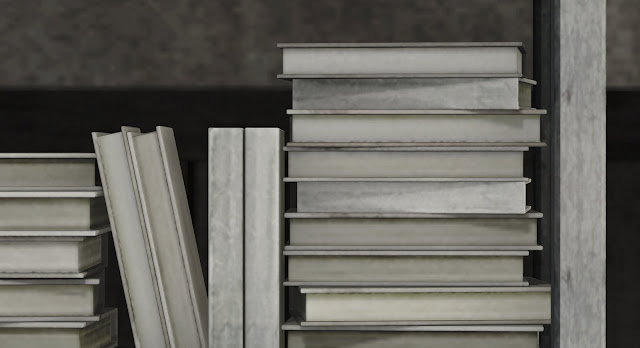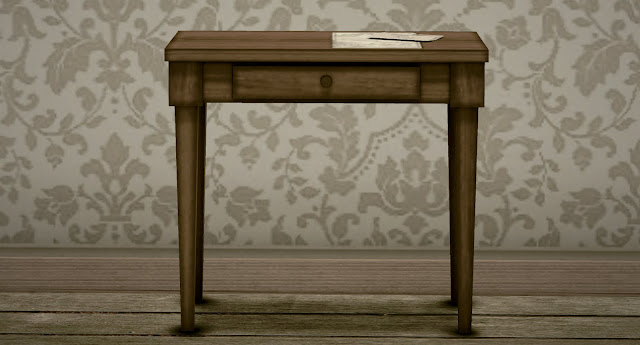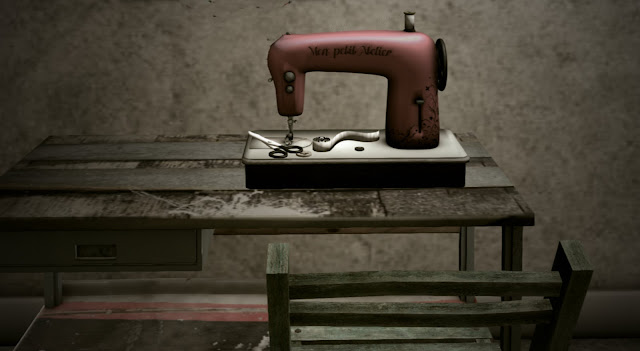Although I love landscapes and broad views, my
photographer's eye needs to go close the things. Maybe I got impressed forever
by the words said by Mies Van De Rohe - one of my favorite Masters of 20th
Century aesthetics - "God is in the detail". Actually, isolating a
detail is an exercise of cleansing for our mind; it means to concentrate
attention on a piece of reality, until
it loses its relationship with the environment and reveals its own meaning (or
its own triviality). Then, we have to rebuild the context and to insert the
detail into. These operations - made by our eye, that is: by our mind - can make
true what Bertolt Brecht says in a piece: "We
ask you expressly to discover that what happens all the time is not natural.
For to say that something is natural [...] is to regard it as unchangeable"
(The exception and the Rule, 1930). Moreover,
attention to details can take us to the awareness that beauty and meanings
aren't compellingly in elaborated and sophisticated things, but they're common
and widespread.
I try to enhance all that by shooting everything I notice when I look close at anything. Sometimes I subtract or add light or colors, sometimes I isolate things deleting parts of their environment. Point of view, light and cut-off can enhance the subjects' power of suggesting something.
In these pictures - still unpublished at the exhibit's time and selected from a huge archive - you'll find uncommon or trivial objects, refined or poor, old or modern, surreal or daily ones. Some of them are attractive just 'cause their shapes or their colors. Some others suggest a mystery or an atmosphere. All of them are suggestions, metonymies of a whole. All of them activate links to our memories, and do evocate feelings. All of them tell us something about their creators. All of them are both actors and silent spectators of the play we call "our life".
Enjoy them!
I try to enhance all that by shooting everything I notice when I look close at anything. Sometimes I subtract or add light or colors, sometimes I isolate things deleting parts of their environment. Point of view, light and cut-off can enhance the subjects' power of suggesting something.
In these pictures - still unpublished at the exhibit's time and selected from a huge archive - you'll find uncommon or trivial objects, refined or poor, old or modern, surreal or daily ones. Some of them are attractive just 'cause their shapes or their colors. Some others suggest a mystery or an atmosphere. All of them are suggestions, metonymies of a whole. All of them activate links to our memories, and do evocate feelings. All of them tell us something about their creators. All of them are both actors and silent spectators of the play we call "our life".
Enjoy them!









































No comments:
Post a Comment